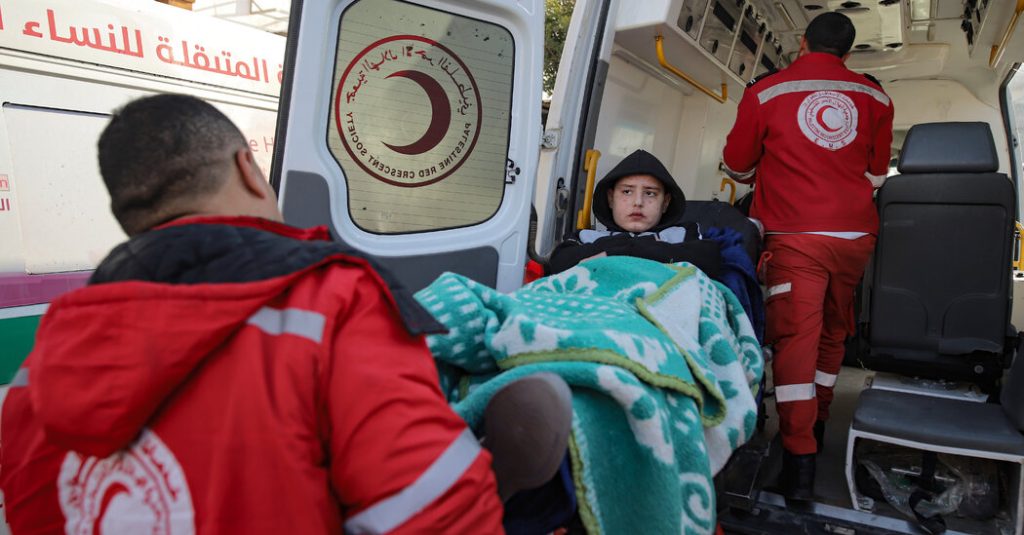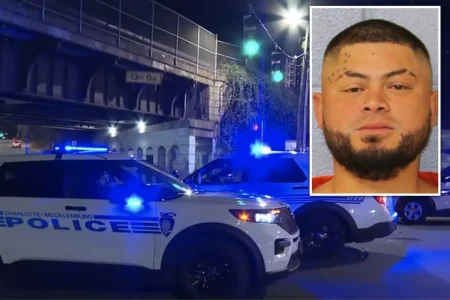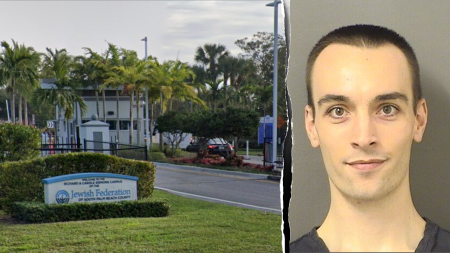Let me take you through an unfolding story filled with grief, resilience, and cautious hope—one that captures the struggle and complexity of life in Gaza amidst ongoing turmoil.
—
For the first time in nine months, hope flickered at the Rafah border crossing as sick and wounded individuals from Gaza set foot into Egypt, clutching at the possibility of life-saving treatment. This marked a poignant moment under a key provision of the fragile cease-fire agreement between Israel and Hamas.
The footage streamed live on Egyptian state-owned Al Qahera News told the story—ambulances rolled across Rafah, carrying patients whose lives have been irreversibly changed by the war. But behind the symbolism of reopened gates lies a harsh reality: this initial evacuation allowed only 50 individuals, a tiny fraction of the thousands in need. A spokesman for Gaza’s Health Ministry lamented the limitations, pointing out the immense backlog of medical emergencies still waiting for relief.
### The Devastation of Gaza’s Healthcare
The scene at Rafah is just a microcosm of the broader picture of Gaza’s collapsing healthcare system. Months of violence laid waste to critical facilities, leaving hospitals scrambling and overwhelmed. Al-Shifa Hospital in Gaza City, once a pillar of care for the territory, is hauntingly emblematic of this devastation. Israeli officials have accused Hamas of using hospitals for military purposes—a claim Hamas denies—and pointed to a tunnel shaft allegedly uncovered under Al-Shifa as evidence. Whether one believes those accusations or not, the undeniable truth is that the health system in Gaza is extinguished, fighting a losing battle under the weight of war.
Before the conflict reached this critical juncture, Rafah was not only an escape route for those fleeing destruction but also an essential checkpoint for aid deliveries, lifelines for the region’s civilians. Tens of thousands of people—patients, injured residents, and foreigners—once crossed here seeking refuge or care. But when Israel invaded Rafah in May 2023, the border slammed shut, closing this vital artery to the outside world.
### A Fragile Compromise and Modest Beginnings
Now, the recent cease-fire agreement offers a glimmer of relief, albeit riddled with uncertainties and constraints. As per the agreement’s appendix, 50 individuals classified as wounded militants will be permitted to leave Gaza daily—pending Israeli and Egyptian approval. The fine print also outlines eventual expansion: allowing more patients, easing restrictions, and resuming cross-border trade. However, there is an unsettling vagueness about when these promises will materialize.
Saturday’s effort saw 37 patients evacuated—34 of them children. Among aid organizations, this modest progress has been cautiously welcomed. Rik Peeperkorn of the World Health Organization (WHO) described it as a “positive step,” though he stressed the urgency of accelerating the process. For Gaza’s roughly 12,000 to 14,000 patients needing external care for acute injuries or chronic conditions, time is a luxury they don’t have.
For individuals like 44-year-old Saed Abu Aita, the ordeal is deeply personal. Struck by shrapnel during an Israeli airstrike in his hometown of Jabaliya, Abu Aita has spent over a year searching in vain for a doctor within Gaza capable of removing the fragment lodged perilously near his ribs. “It’s so frustrating and depressing,” he confessed, a single voice echoing the despair of thousands. “Why is the world so unfair for us?”
### A Changing Landscape at Rafah: Who’s in Charge?
The reopening of Rafah signals more than just a chance for medical evacuation; it also represents a shift in governance. For years, Hamas controlled Gaza’s border with Egypt. However, the cease-fire agreement recasts this arrangement, introducing new security partnerships involving Egypt, Israel, and the Palestinian Authority (PA). Diplomats involved in this sensitive negotiation have framed it as an effort to prevent Hamas from regaining control.
Israeli Prime Minister Benjamin Netanyahu’s office has clarified Israel’s stance on the PA’s role, limiting its presence at the crossing to administrative tasks such as stamping passports. Israeli forces will maintain tight security oversight, with no individual allowed through without their approval. While a few unarmed PA officers now operate at Rafah under the command of a senior police official from Ramallah, their influence remains symbolic and heavily constrained.
For the PA, this limited presence at Rafah contrasts sharply with its diminished power in Gaza overall; Hamas seized full control of the territory in 2007. Yet, some Palestinian Authority employees have quietly continued their work in Gaza, hinting at lingering, albeit subdued, connections.
### Complicated Alliances and Diplomacy
The power dynamics surrounding Rafah encapsulate a broader geopolitical chess game where different stakeholders have diverging visions for Gaza’s future. Israel has resisted suggestions, including those from the former Biden administration in the United States, to allow the PA to assume a stronger role in postwar Gaza governance. Meanwhile, the stance of world leaders remains nebulous, with future administrative structures in the enclave yet to take shape.
While the cease-fire and Rafah’s reopening afford momentary relief to Gaza’s civilians, they also spotlight the deeper complexities and obstacles that impede sustainable solutions. For both the patients seeking urgent care and the policymakers strategizing over borders and governance, time ticks forward with uncertainty.
### Beyond Rafah: A Glimpse of Humanity Amid the Struggle
Amid the troubling statistics and geopolitical maneuvers, the human stories continue to unfold, each a small window into Gaza’s unyielding spirit. Though the evacuation of 50 individuals was but a drop in the bucket, it underscored the will to persist. For the children ferried through Rafah and the parents who remained behind praying for their safe return, the glimmer of possibility offered a fleeting respite in a conflict that has stolen much of their hope.
As the broader narrative of Gaza’s recovery emerges, it’s clear that resolving this crisis will demand persistence, empathy, and international cooperation. For now, Rafah’s reopened gates stand as a symbol of the lives hanging in balance, of the challenges yet to be addressed, and of the enduring fight—not just to survive, but to reclaim dignity amidst destruction.
This story is far from over, and each development at Rafah hints at the delicate interplay between relief and restraint, hope and hardship. What happens next is anyone’s guess, but for now, the people of Gaza cling to whatever threads of opportunity they can grasp.











